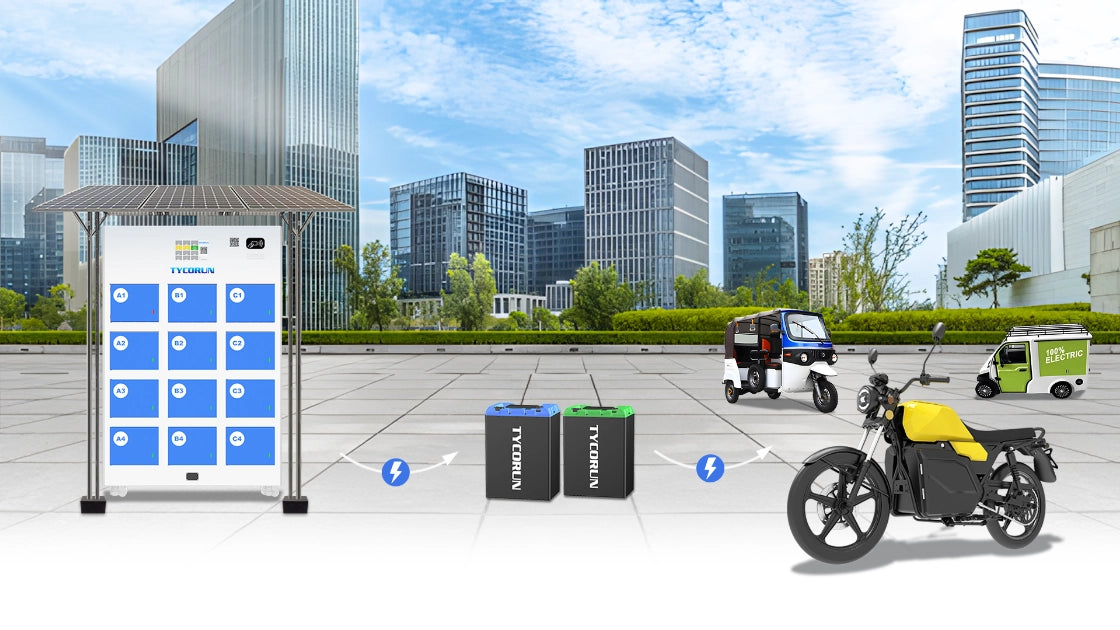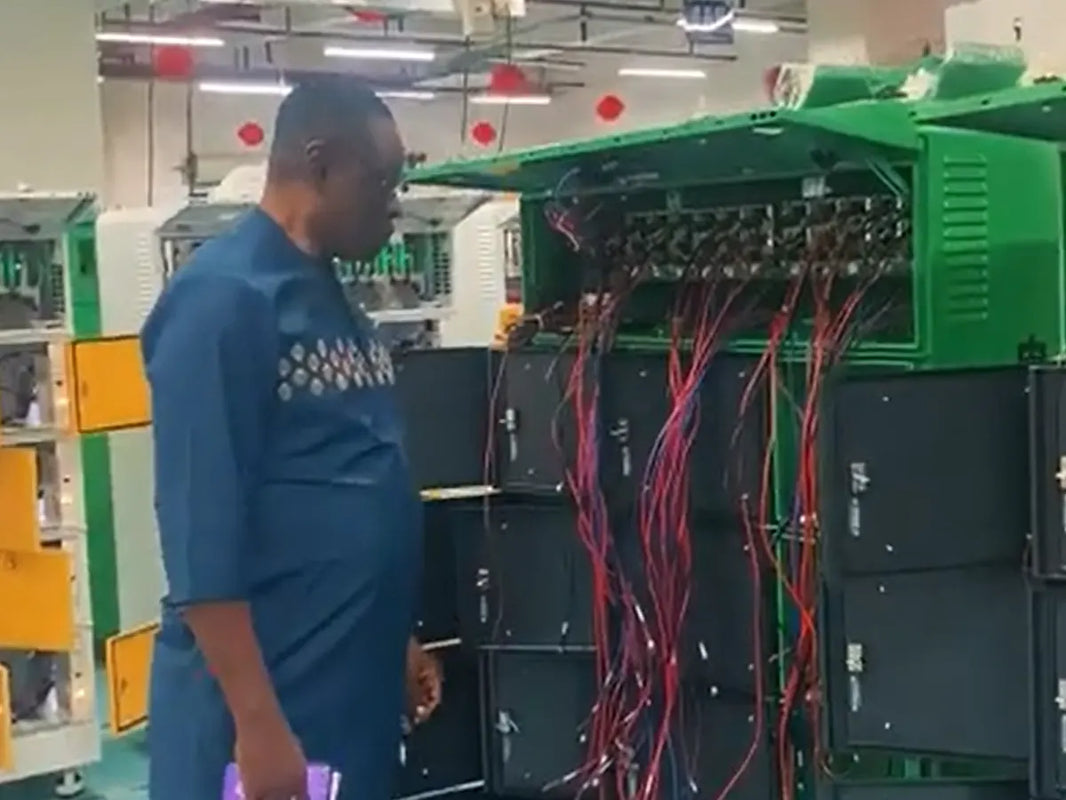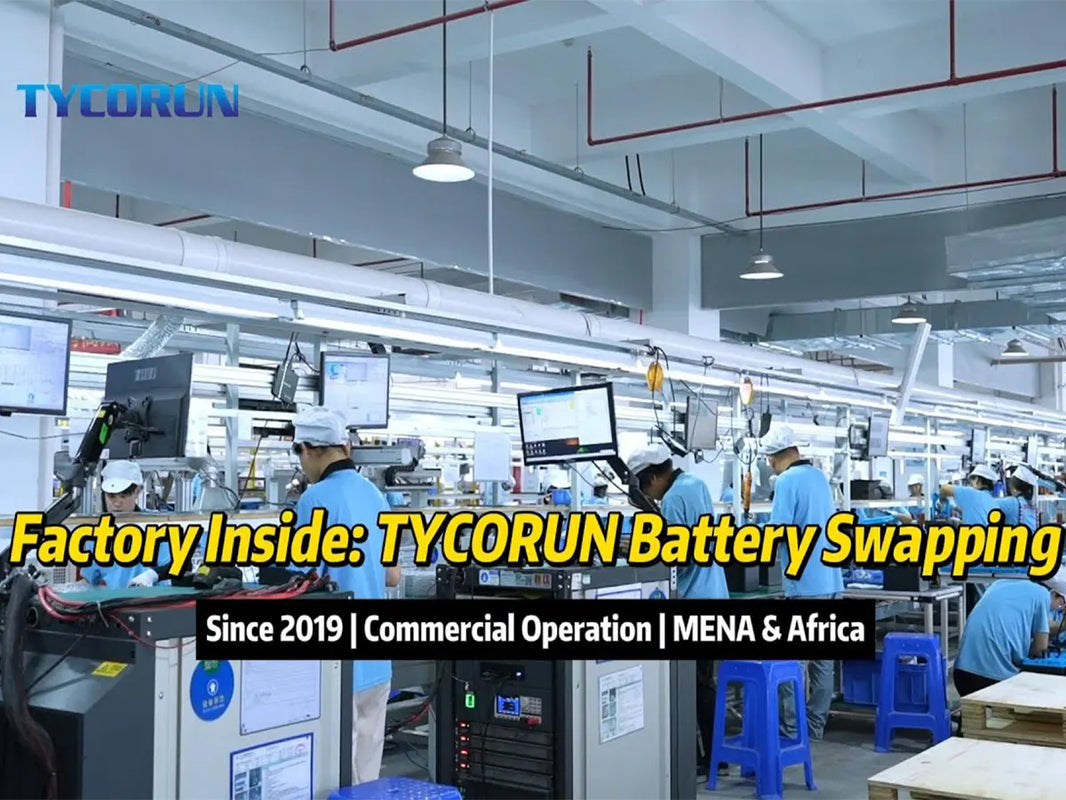
Main content:
- What Exactly is a Battery Swapping Connector?
- What are the Structure of Battery Swapping Connectors
- Types of Connector Technologies Used in Battery Swapping
- Standards for Battery Swapping Connectors Replacement
- The Role of Power Replacement Connectors
- How Battery Swapping Connectors Extend Battery Life
- Electric Motorcycle Battery Swapping Connectors
- Final Thoughts
Electric vehicles are growing more popular every year, but many drivers still feel worried about how far they can travel before the battery runs out and how long it takes to recharge. To address these concerns, the industry has been working on two main solutions: faster charging methods and battery swapping technology. Fast charging helps shorten the waiting time at charging stations, while battery swapping allows drivers to quickly exchange an empty battery for a fully charged one. In both cases, connectors play a key role in making sure energy is delivered safely and efficiently.
For battery swapping in particular, the battery swapping connector is essential because it ensures the battery is securely linked to the vehicle and the station during the exchange. This article will explore why the battery swapping connector is so important in making the swapping process safe, reliable, and convenient.
What Exactly is a Battery Swapping Connector?
In a battery swapping system, the battery swapping connector is the key part that links the EV and the battery pack. It works like a strong plug that allows quick and safe connection or disconnection, while handling high voltage, low voltage, communication, and grounding simultaneously.

Commercial vehicles such as buses and trucks need more durable connectors because they swap batteries more often and carry heavier loads, while passenger cars have lighter requirements. As swapping stations expand, the technology for battery swapping connectors has improved quickly. Prices have also dropped by about ten percent since 2020, making the system more affordable and helping battery swapping business model become a practical choice.
What are the Structure of Battery Swapping Connectors
The battery swapping connector is made up of several parts: high-voltage terminals, ground terminals, signal terminals, and a low-voltage power supply. Together, these parts form the connector, which acts as the main electrical link between the battery pack and the vehicle. It handles everything at once—high voltage, low voltage, communication signals, and grounding.
- High-voltage terminals: Carry strong electric currents and high voltage, making sure the vehicle gets power safely and efficiently.
- Grounding terminals: Provide a safe path for electricity to return, which protects the system and prevents electrical faults.
- Signal terminals: Allow data exchange between the car and the battery, such as charge status or safety signals.
- Low-voltage supply: Powers the smaller control systems that keep the connector operating smoothly.

To keep the system safe and reliable, the connector also includes:
- Sealing technology: Protects against dust, water, and outside damage.
- Built-in safety features: Such as short-circuit protection and overload cut-off, which stop accidents before they spread.
- Durability design: Ensures it can be used thousands of times without failing.
Because it is often used in tough conditions—like extreme heat, cold, humidity, or salty air—the battery swapping connector is built to handle harsh environments while still performing reliably.
Types of Connector Technologies Used in Battery Swapping
The efficiency of battery swapping largely depends on the connection technology used. There are two main approaches:
1. Flat Contact Connection
This method uses a large-area plane contact between plug and socket. Its benefits include:
- Low electrical resistance for better conductivity
- Excellent heat dissipation, reducing overheating risks
- High reliability with fewer failures caused by poor contact
- Easy maintenance—surfaces can be cleaned quickly during inspection
Flat contact systems are commonly used in heavy-duty vehicles such as trucks and buses, where stable long-term operation is critical.

2. Quick Plug-in Connection
Designed for fast and frequent use, this system enables quick connection and disconnection. Its advantages include:
- Rapid swaps that save valuable time
- Intelligent monitoring features in advanced versions
- High durability for repeated plug-and-play cycles
- Sealed housings that resist water, dust, and extreme environments
Quick plug-in connectors are increasingly popular for taxis, ride-hailing fleets, and logistics vehicles, where frequent and rapid swapping is required.
Standards for Battery Swapping Connectors Replacement
A battery swapping connector must be strong, durable, and low in maintenance. To handle alignment errors during fast swaps, it uses a floating compensation system that ensures safe high- and low-voltage, communication, and grounding connections. Since passenger cars swap 1–15 times a week and commercial vehicles 7–70 times, the connector needs a lifespan of 3,000–10,000 swaps.
With growing demand, standardization is vital. Certifications like China’s CQC test safety and durability, while connectors must also resist harsh environments and remain compatible across EV brands and swap stations. This ensures reliability and a more efficient swapping ecosystem.
The Role of Power Replacement Connectors
- Stable connection: A battery swapping connector makes sure the battery and device stay linked securely, so electricity flows smoothly with less resistance.
- Energy transfer and conversion: It not only delivers power from the battery but can also change DC energy into AC when the device needs it.
- Better efficiency: Devices can use power more effectively, get higher output when needed, and reduce wasted energy.
- Longer battery life: By keeping power flow steady, the connector helps reduce loss and extend the battery's lifespan.
- Adaptable to different devices: It can adjust current and voltage depending on what the equipment requires.
- Safety features: The connector offers protection against overcharging, deep discharge, water, and dust, keeping both battery and device safe.
How Battery Swapping Connectors Extend Battery Life
Another benefit of battery swapping connectors is that they help extend the lifespan of EV batteries. Since swapping stations manage charging centrally, batteries are charged under optimized conditions that reduce overcharging, deep discharging, and overheating—all factors that shorten lifespan.
The connector ensures smooth energy transfer, reducing resistance losses and keeping batteries in healthier condition for longer. As a result, fleet operators enjoy reduced replacement costs and improved return on investment.
Electric Motorcycle Battery Swapping Connectors
Lithium batteries are now the main power source for electric motorcycle battery, and with battery swapping cabinets spreading across cities, the demand for reliable connectors is rising. A battery swapping connector transfers both power and signals between the battery, motor, and controller, while also preventing loose wires, short circuits, and other damage—keeping the system safe and smooth.

Tycorun addresses this need with flexible connector options in its swapping stations, including pin connectors, Anderson connectors, and another type shown in its demo above. Pin connectors are compact and handle both signal and power, while Anderson connectors are durable, high-current, and easy to use. By supporting multiple battery connector types, Tycorun ensures its system works with different motorcycle brands and customer needs, making it both safer and more versatile.
Final Thoughts
Using battery swapping is a smart way to cut down the time it takes to recharge electric vehicles. It also helps reduce worries about battery life and driving range. But this system depends a lot on reliable parts, especially the battery swapping connector. As more people use battery replacement, the demand for better connectors is growing fast, and companies around the world are competing to provide stronger and safer solutions.
Related Articles: Battery Swapping Station Classification, Battery Swap Station Safe, Battery Swap Station Customization
















